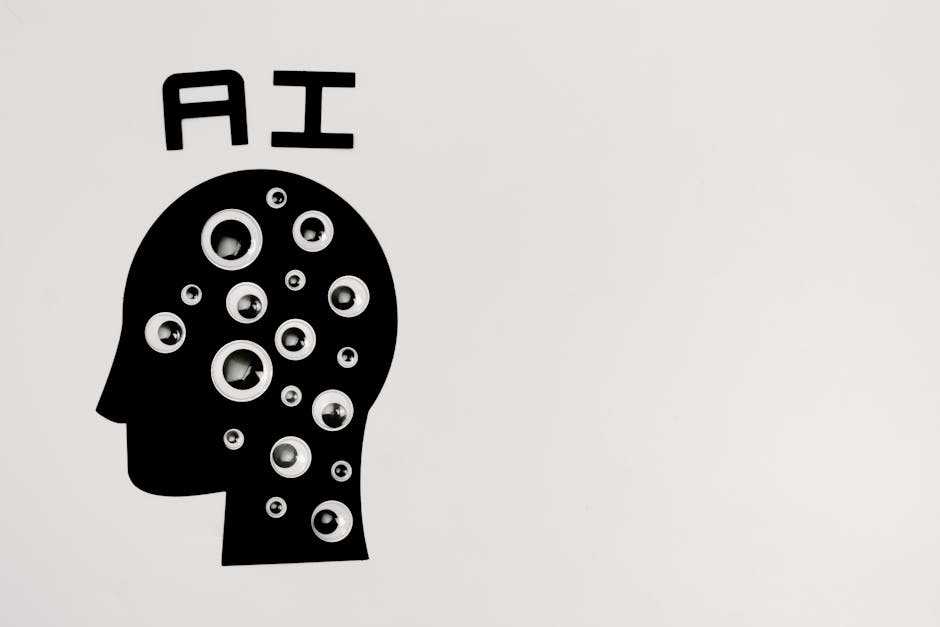In today’s world, the term AI — short for Artificial Intelligence — is everywhere. From smartphones and online shopping to healthcare and self-driving cars, AI is transforming the way we live and work. But what exactly is AI? How does it work? And why is it so important? In this beginner-friendly guide, we’ll break down everything you need to know.
What is Artificial Intelligence (AI)?
Artificial Intelligence refers to the ability of machines or computer programs to perform tasks that typically require human intelligence. These tasks include learning, problem-solving, decision-making, language understanding, and even recognizing images or sounds.
In simple terms, AI is about making machines “think” and “act” like humans — but often much faster and with greater efficiency.
How Does AI Work?
At its core, AI works by processing large amounts of data, recognizing patterns, and making decisions based on that information. Here are some key components that help AI systems work:
- Machine Learning (ML): A type of AI where computers learn from data without being explicitly programmed. For example, a machine learning model can learn to recognize photos of cats after analyzing thousands of cat pictures.
- Neural Networks: Inspired by the human brain, these are networks of algorithms that help machines understand complex patterns like faces, voices, or languages.
- Natural Language Processing (NLP): This technology helps machines understand and respond to human language, like when you ask Siri or Alexa a question.
- Computer Vision: This allows AI systems to “see” and interpret images and videos.
Why is AI Important?
AI is not just a buzzword — it’s a powerful technology with real-world benefits:
- Efficiency: AI can automate repetitive tasks, saving time and reducing human error.
- Personalization: Online services like Netflix or Amazon use AI to recommend shows and products based on your preferences.
- Healthcare: AI helps doctors diagnose diseases more accurately and faster.
- Safety: Self-driving cars use AI to detect obstacles and make decisions in real-time.
- Innovation: AI drives innovation across industries, from finance to education to entertainment.
Examples of AI in Everyday Life
You might be surprised to know you’re already using AI in your daily routine! Here are some common examples:
- Smartphones: Voice assistants like Siri, Google Assistant, and Alexa.
- Social Media: Platforms like Instagram and Facebook use AI to show you posts and ads you might like.
- Online Shopping: E-commerce sites recommend products based on your browsing history.
- Streaming Services: Netflix suggests movies and shows you’ll likely enjoy.
The Future of AI
The future of AI looks bright and full of possibilities. As technology advances, AI could help solve major global challenges like climate change, poverty, and disease. However, it also raises important questions about privacy, ethics, and job security — topics that society must address carefully.
Conclusion
Artificial Intelligence is a fascinating and rapidly growing field that is already shaping the future. For beginners, understanding AI doesn’t have to be complicated. It’s all about machines learning from data and helping humans solve problems more efficiently.
As you continue exploring AI, you’ll see just how much it can impact our world — and how important it is to understand and guide its development.
Quick Summary
- AI stands for Artificial Intelligence.
- It mimics human intelligence to perform tasks.
- Common types: Machine Learning, Neural Networks, NLP, and Computer Vision.
- Examples: Voice assistants, social media feeds, online recommendations.
- Importance: Boosts efficiency, innovation, and personalization across industries.

